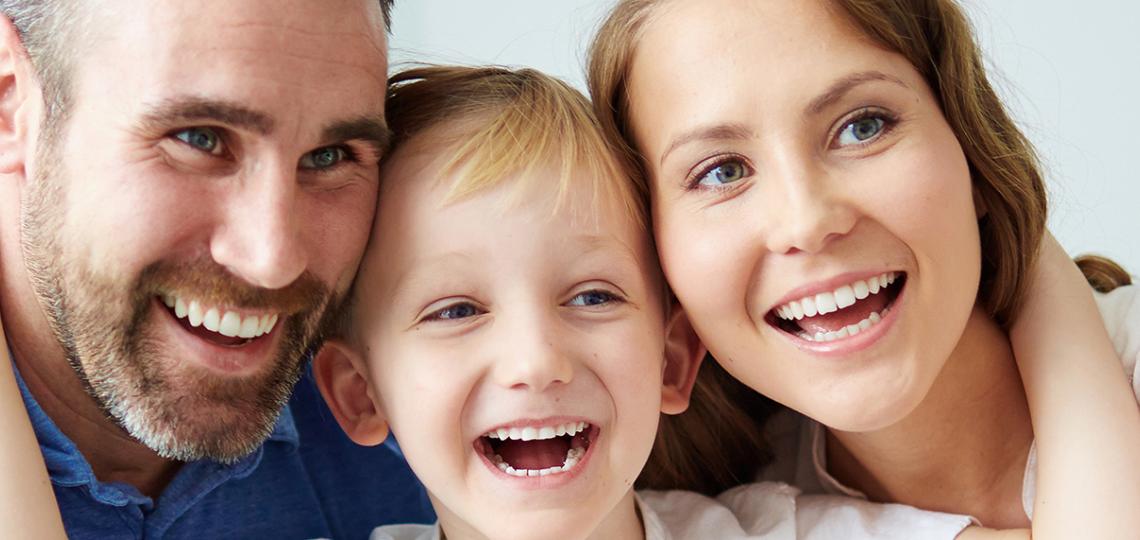Given the known challenges kids with autism often have related to sensory sensitivities and/or change from routines, the exposure activities in these plans of action might also have to be more gradual. You will likely need to get creative with the exposure activities in order to have them represent the full range of the anxiety intensity scale.
For example, maybe your child is like George and avoids public restrooms. If you find that they rate any variation of entering a public restroom (even with headphones) 8 and above on the anxiety scale, you will need to find something else to start with that is related to the fear, but also falls lower on the anxiety scale. Maybe you will need to start by listening to flushing sounds at a distance while at home or listening to it on a video
A similar approach could also be used for gradually adjusting to changes in routines. If your child is like Sophia and constantly worries about their schedule changing, you might consider using visual symbols on their schedule to let them know that a change is coming soon. The symbol can be anything your child wants, such as a shape, a sticker that they like, or a color, as long as it is meaningful to them. Using visual symbols can be a way to help lower your child’s anxiety by warning them in advance that a change will happen so they can prepare for it.
Getting creative and using audio clips and videos (animated and real) is also a way to ensure there are enough opportunities to practice the exposure activities in their plans. For example, if your child is afraid of fireworks, you can use videos of fireworks instead of waiting for Fourth of July or New Year’s Eve to complete a step. Try to experiment with a few options and decide on a plan with steps that work for both you and your child.
Making plans of action on fears that overlap with autism characteristics can be trickier than making other plans of action, so don’t get discouraged if you and your child have a hard time at first. Just keep adjusting the activities until you can figure out what works best for you and your child.
Example of a Plan of Action with Sensory Components
George’s fear of public bathrooms is an example of a fear that has overlap between anxiety and sensory sensitivities. He is worried about germs, but he is also anxious about the loud hand-dryers and flushing toilets.
Here is an example plan that George could use to tackle his fear of public restrooms. (PDF view)
| Exposure Activity | Anxiety level (0-10) |
|---|---|
| In the bathroom at home, listen to the audio of a toilet flushing or a hand dryer turning on | 2 |
| Listen to the sound of toilet flushing in the bathroom at home | 3 |
| Go inside a single person public restroom and stay there fore 5 minutes (Don’t have to use the restroom) | 4 |
| Wearing noise cancelling headphones, go inside a single person public restroom and wash/dry my hands with the dryer | 5 |
| Wearing noise cancelling headphones, use a single person public restroom, flush, and wash/dry my hands with the dryer | 6 |
| Wearing noise cancelling headphones, go inside a public restroom without automatic hand dryers and stay for 5 minutes (Don’t have to use the restroom) | 7 |
| Wearing noise cancelling headphones, go inside a public restroom with automatic hand dryers and stay for 5 minutes | 8 |
| Wearing noise cancelling headphones, go inside a public restroom and wash/dry my hands with the dryer | 9 |
| Goal Activity: Wearing noise cancelling headphones, use a public restroom, flush, and wash/dry my hands with the dryer | 10 |
Note: George could repeat the first step while increasing the volume each time if it gets too difficult for him to move on to the next step. For the third and fourth step, he could first do this with his dad and then independently.
George’s overall goal is to use a public restroom that has multiple stalls when other people are also using the restroom while wearing his noise cancelling headphones. Step 9 does not quite represent him meeting his goals, so after completing the above steps, he plans to repeat steps 6-9 in a larger public restroom. He also plans on not using the same restroom every time so he knows he will be better at using all public restrooms, not just certain ones.
Example of a Plan of Action with Insistence on Sameness
Sophia’s fear of change is an example of a fear that has overlap between anxiety and insistence on sameness/wanting to stick to routines. Sophia does not like when her schedule changes and she suddenly needs to go somewhere, or when her mother drives home from school using a different path or another caregiver picks her up.
If there is a change, she will repeatedly ask her parents questions about the new plan and insists on knowing every detail ahead of time. Here is an example of how Sophia’s family could work on an aspect of this fear and work towards the goal of Sophia tolerating changes in routine when she is notified right before they are happening: (PDF view)
| Exposure Activity | Anxiety level (0-10) |
|---|---|
| With mom’s early notice in the morning, we make a stop at somewhere I like on our way home after school. | 2 |
| With mom’s early notice in the morning, we take a different route home after school. | 3 |
| With mom’s early notice in the morning, we make a stop at somewhere I like on our way home after school. But this time, mom keeps the destination a secret. | 4 |
| With mom’s early notice in the morning, I run an errand with mom on our way home after school. | 5 |
| With mom’s early notice, mom picks me up 10 minutes later than usual. | 6 |
| Without notice, we make a stop at somewhere I like on our way home after school. | 7 |
| Without notice, we take a different route home after school. | 8 |
| Without notice, mom picks me up 10 minutes later than usual. | 9 |
| Goal Activity: Without notice, run errands with mom or make an unplanned stop on my way home after school | 10 |
Your Turn to Practice
After both you and your child read this module, take some time to talk to them and see whether both of you think you need a new plan of action for a fear that has a component of autism. If so, go back to Module 4 and us the plan of action worksheet to create a new plan.
Regardless of your child’s age, when you are making a plan for fear or anxiety related to autism features, make sure to work together with your child. Ask what they think is doable for them, what they need and what they prefer. Sometimes, children might surprise us by telling us something that we never thought of!








